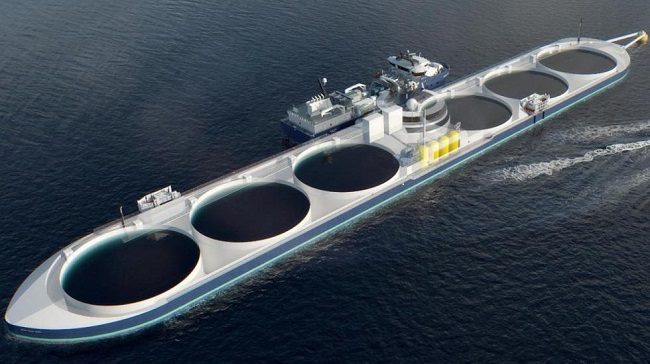The Norwegian Directorate of Fisheries has today given a commitment for seven development permits totaling 5175 tonnes of the maximum permitted biomass for Eidsfjord Sjøfarm’s Eidsfjord Giant.
“Pursuant to the Salmon Allocation Regulations §§ 22, 23, 23b and 28b, the Directorate of Fisheries Eidsfjord Sjøfarm AS gives a commitment of 5,175 tonnes maximum permitted biomass, divided into six development permits of 780 tonnes and one development permit of 495 tonnes. The permits are granted for a duration of 10 years from when the site has been cleared and the permit document has been issued,” the directorate wrote in a letter to Eidsfjord Sjøfarm dated 20 October.
On 15 August 2017, Eidsfjord, which is part of the Holmøy Group, applied for 17 development permits for its project called Eidsfjord Giant. The Directorate of Fisheries rejected the application in a decision on 5 October 2018.
Eidsfjord appealed the decision on 9 November 2018.
Read also: Government decision on driverless salmon farm ship renews hope for project
In a decision on 4 February 2021, the Ministry of Trade and Industry revoked the Directorate of Fisheries’ decision. After an overall assessment of the concept, the Ministry came to the conclusion that the requirement for significant innovation has been met. The case was sent back to the Directorate of Fisheries for an assessment of other allocation conditions. Following the Ministry of Trade and Industry’s decision in the appeal case, the Directorate of Fisheries has been in dialogue with the applicant regarding the updated status of the project and target criteria.
The driverless ship “Eidsfjord Giant” is 270m long and holds six closed containers. The offshore facility has an electric filter system that will remove all stages of sea lice. The salmon will live on board until they are between 2-2.5 kilos, and then will be moved into open ocean facilities.
The applicant plans to collect water from variable depths under the lice belt, and use an electric filter to prevent salmon lice and other parasites getting into the intake water. Organic waste will be collected, dried and transported to land. According to the applicant, the purpose of the closed construction is that the environment in the tanks can be optimized to provide increased growth. The concept is a post-smolt plant where smolt are held and fed until the fish reach a size of 2.6-2.7 kg, before they are moved to conventional plants.


